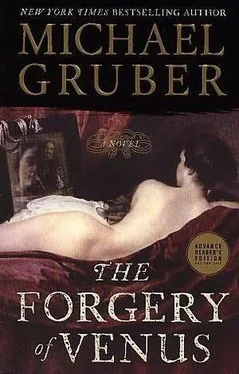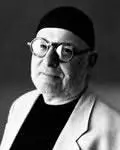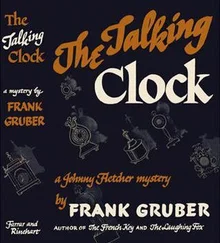Michael Gruber - The Forgery of Venus
Здесь есть возможность читать онлайн «Michael Gruber - The Forgery of Venus» весь текст электронной книги совершенно бесплатно (целиком полную версию без сокращений). В некоторых случаях можно слушать аудио, скачать через торрент в формате fb2 и присутствует краткое содержание. Жанр: Современная проза, на английском языке. Описание произведения, (предисловие) а так же отзывы посетителей доступны на портале библиотеки ЛибКат.
- Название:The Forgery of Venus
- Автор:
- Жанр:
- Год:неизвестен
- ISBN:нет данных
- Рейтинг книги:5 / 5. Голосов: 1
-
Избранное:Добавить в избранное
- Отзывы:
-
Ваша оценка:
The Forgery of Venus: краткое содержание, описание и аннотация
Предлагаем к чтению аннотацию, описание, краткое содержание или предисловие (зависит от того, что написал сам автор книги «The Forgery of Venus»). Если вы не нашли необходимую информацию о книге — напишите в комментариях, мы постараемся отыскать её.
This feat attracts the attention of Werner Krebs, an art dealer with a dark past and shadier present who becomes Wilmot's friend and patron. Wilmot is suddenly working with a fervor he hasn't felt in years, but his burst of creative activity is accompanied by strange interludes: Without warning, he finds himself reliving moments from his past-not as memories but as if they are happening all over again. Soon, it is no longer his own past he's revisiting; he believes he can travel back to the seventeenth century, where he lived as the Spanish artist Diego Rodríguez de Silva Velázquez, one of the most famous painters in history. Wilmot begins to fantasize that as Velázquez, he has created a masterpiece, a stunning portrait of a nude. When the painting actually turns up, he doesn't know if he painted it or if he imagined the whole thing.
Little by little, Wilmot enters a mirror house of illusions and hallucinations that propels him into a secret world of gangsters, greed, and murder, with his mystery patron at the center of it all, either as the mastermind behind a plot to forge a painting worth hundreds of millions, or as the man who will save Wilmot from obscurity and madness.
In Chaz Wilmot, we meet the rarest breed of literary hero, one for whom the reader feels almost personally responsible. By turns brutally honest and self-deceptive, scornful of the world while yearning to make his mark on it, Wilmot comes astonishingly alive for the reader, and his perilous journey toward the truth becomes our own.
The Forgery of Venus, a blend of erudition, unflagging narrative brio, and emotional depth, brings us inexorably toward the intersection where genius and insanity collide. Miraculously inventive, this book cements Gruber's reputation as one of the most imaginative and gifted writers of our time.














